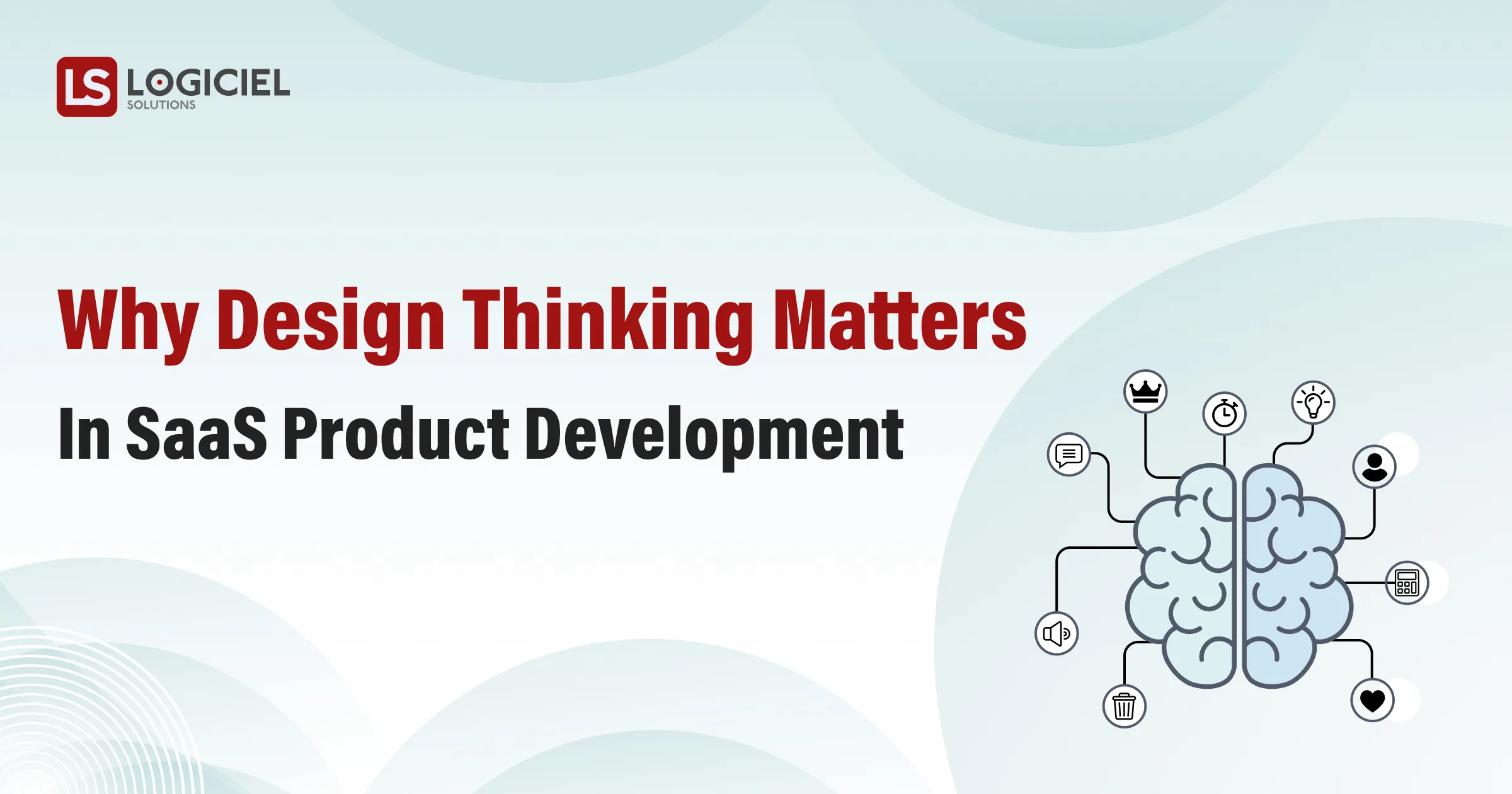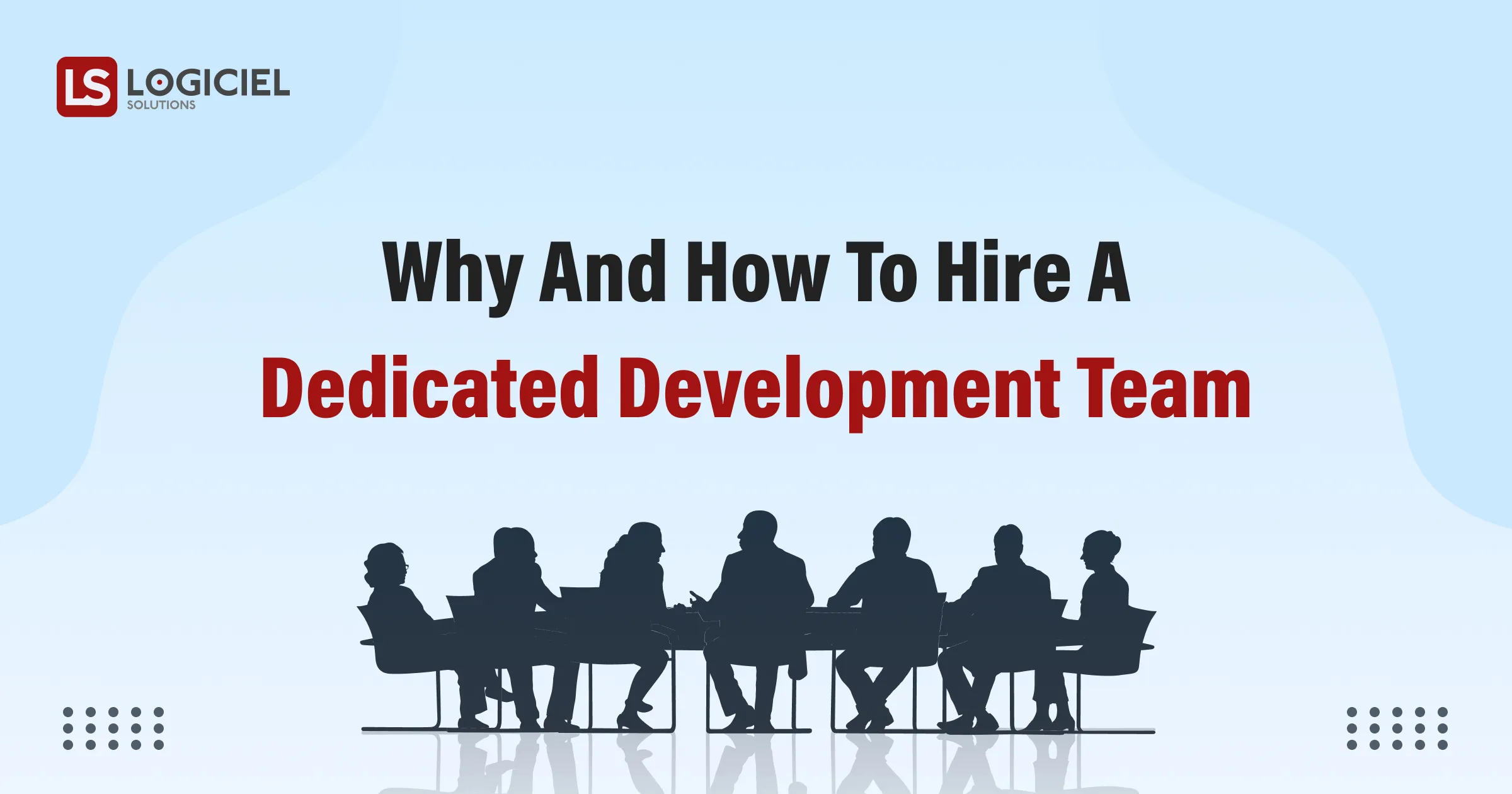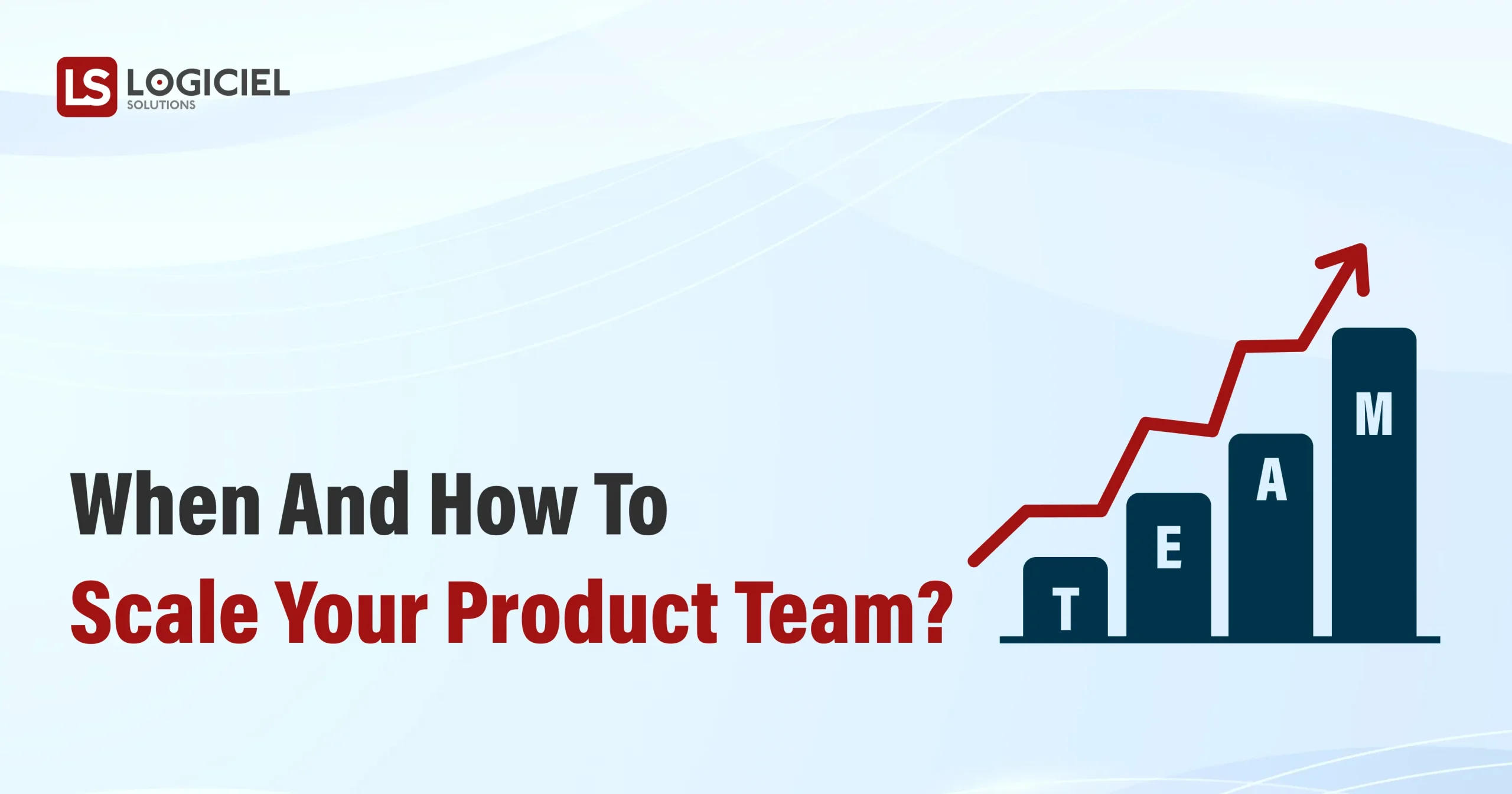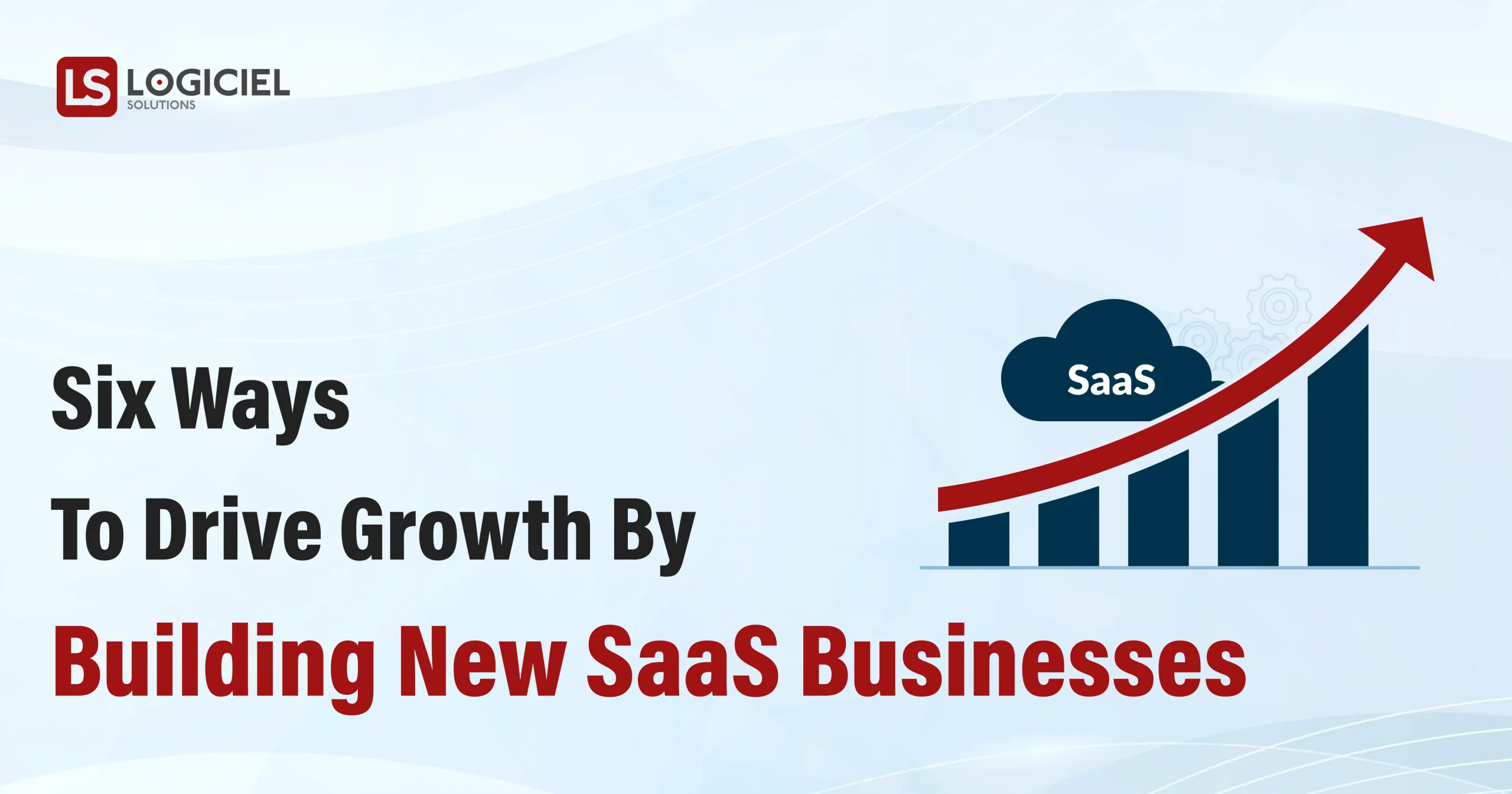Design thinking emphasizes empathy, creativity, and iterative problem-solving. This human-centered approach doesn’t just allow developers to create solutions that address user requirements. It also encourages an iterative process where prototypes are developed and tested quickly.
So, let’s explore, in detail, why it matters and how you can enhance your user experience in a rapidly evolving market!
What is Design Thinking in Saas Product Development?
In the realm of SaaS product development, design thinking is an iterative and flexible approach that focuses on better understanding users’ behavior through design and collaboration. In other words, this approach allows teams to explore real issues that users want to solve and create innovative solutions that deal with them.

The Advantages of the Design Thinking Process
One of the main benefits of embracing design thinking as part of your SaaS product development process is the fact that you can build them for users – and thus understand their needs, pain points, and behaviors. This, in turn, helps SaaS solutions create features that truly address software development requirements.
Design thinking is also an iterative process. So, even though SaaS products often involve complex workflows and functionalities, you can identify issues early in development… and resolve them quickly. Which means you can reduce the risk of costly mistakes later on. Plus, each iteration builds upon the knowledge gained from the previous one.
But there are many more advantages to introducing design thinking to your SaaS product development team. For instance:
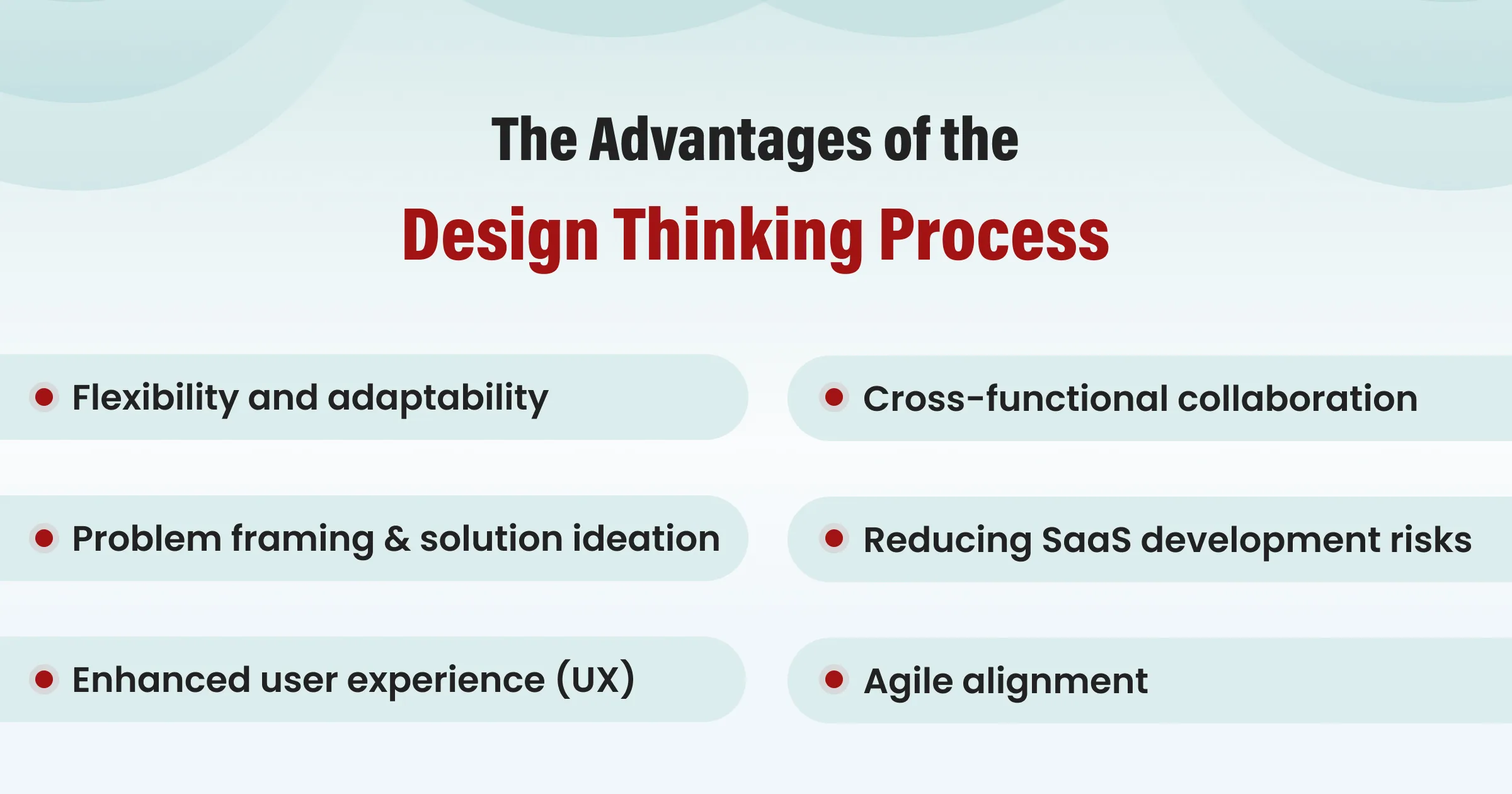
1. Flexibility and adaptability
User needs can evolve very rapidly. Design thinking promotes flexibility and adaptability by encouraging continuous feedback and refinement, helping your products stay relevant and responsive to changing user demands.
2. Cross-functional collaboration
SaaS product development typically involves diverse teams with various skills and perspectives (for example, designers, developers, marketers, and business analysts). Design thinking fosters cross-functional collaboration, breaking down silos and ensuring that all team members contribute to the overall user experience.
3. Problem framing and solution ideation
What’s important in this process is to understand the root causes of problems before jumping into solutions. This helps in framing the problem correctly and ensures your answers address the actual needs of users.
4. Reducing SaaS development risks
SaaS products often involve significant investments in terms of time and resources. Design thinking helps mitigate risks by validating assumptions early in the development process (through customer feedback, market analysis, etc).
5. Enhanced user experience (UX)
In the SaaS industry, user experience is a critical differentiator. Design thinking places a strong emphasis on creating intuitive and delightful user interfaces, something that not only improves customer satisfaction but also contributes to user retention.
6. Agile alignment
Lastly, design thinking shares common principles with Agile methodologies, such as collaboration, iterative development, and responding to change – all of which help create a more cohesive and efficient development workflow.
How To Improve Your SaaS Product Development Process
As we have covered above, design thinking can definitely help your SaaS product development. But how do you make sure your products are actually following this process correctly? Let’s break down the different components of this approach.
1. Empathy: Understanding User Needs
There are three main ways designers and developers use to understand what your users actually expect (or should get) from your product. These are user research, user personas, and journey mapping – all of which can be a great way to ensure the product you bring to the SaaS market is going to do well with its intended audience.
2. Using Research to Understand Users
For example, conducting thorough research is a great way to understand the needs, preferences, and pain points of your target users. You can, for example, use techniques such as interviews, surveys, and observation to gain deep insights into their experiences.
3. Using Personas to Capture Behaviors
Another popular tool is user personas, which are typically built based on your research. These personas should encapsulate the characteristics and behaviors of your target audience, helping your team empathize with users throughout the development process.
4. Using Journey Mapping to Understand Interaction
Lastly, journey mapping allows you to visualize the user experience by mapping out the entire user journey and identifying touchpoints, emotions, and pain points to gain a comprehensive understanding of the user’s interaction with your product.
5. Iterative Prototyping: Testing and Refinement
A good first step is to develop rapid prototypes of your SaaS product to visualize ideas and concepts. These prototypes can range from low-fidelity sketches to interactive mockups, allowing for quick testing and feedback.
Once you have them, you should conduct frequent usability testing with real users to gather feedback on your prototypes. Analyze user interactions, identify areas of confusion or frustration, and use this information to refine and improve your designs.
And, of course, embrace Agile methodologies to facilitate iterative development wherever possible. In other words, break down the development process into sprints to do continuous testing, refinement, and adaptation based on user feedback.
6. Cross-Functional Collaboration: Breaking Down Silos
It can be a great idea to organize cross-functional workshops that bring together designers, developers, marketers, and other stakeholders. This can help foster a collaborative environment where diverse perspectives contribute to problem-solving and ideation.
It’s also important to establish effective communication channels to ensure seamless collaboration. This could mean regular team meetings, project management tools, and shared documentation platforms that can enhance communication and keep everyone aligned with the design thinking process.
7. Problem Framing and Solution Ideation: Critical Thinking
This step is all about clearly defining the problem you are trying to solve before jumping into solutions. You can do this by using techniques such as “How Might We” statements to reframe challenges and open up creative avenues for solution ideation.
You can also facilitate brainstorming sessions where team members freely contribute ideas. Try to encourage the exploration of diverse solutions without immediate judgment, fostering a creative and open-minded atmosphere and visualizing potential solutions through storyboarding. This will help create a narrative around your user experience and make it easier for the whole team to understand and refine the proposed solutions.
8. Agile Alignment: Flexibility and Adaptability
As we have briefly covered above, it can be very advantageous to integrate design thinking principles seamlessly with Agile development methodologies. You should ensure that the team is responsive to changes, welcomes feedback, and adapts the development plan based on evolving user needs.
Don’t forget to conduct regular retrospectives to reflect on the development process. You should identify what worked well, what could be improved, and implement changes in subsequent iterations to enhance the overall efficiency of the team.
Lastly, foster a culture of continuous improvement. In other words, encourage team members to share insights, learnings, and best practices, creating an environment where everyone is committed to refining their approach based on feedback and experience.
Conclusion
In this article, we have covered the benefits of this approach and shared a few tips and tools to do the method justice. By centering your approach around human needs, you will be able not only to devise solutions that meet user demands but also foster a process of rapid prototyping and testing.

